Colonial Architecture of Southeast Asia
October 7, 2020
As a one-time architect, I have a deep interest in the built environment. While the colonial era — some might say “occupation” — when European powers held sway over much of Southeast Asia had a lot of negative aspects, the wedding-cake confections of the buildings it left behind are still fascinating, where they still exist. I've picked out five destinations below that stand out in my mind for their architectural heritage. In some places the old trading towns are the main draw, while in a few, the outstanding examples of eighteenth and nineteenth century architecture is a complete surprise.
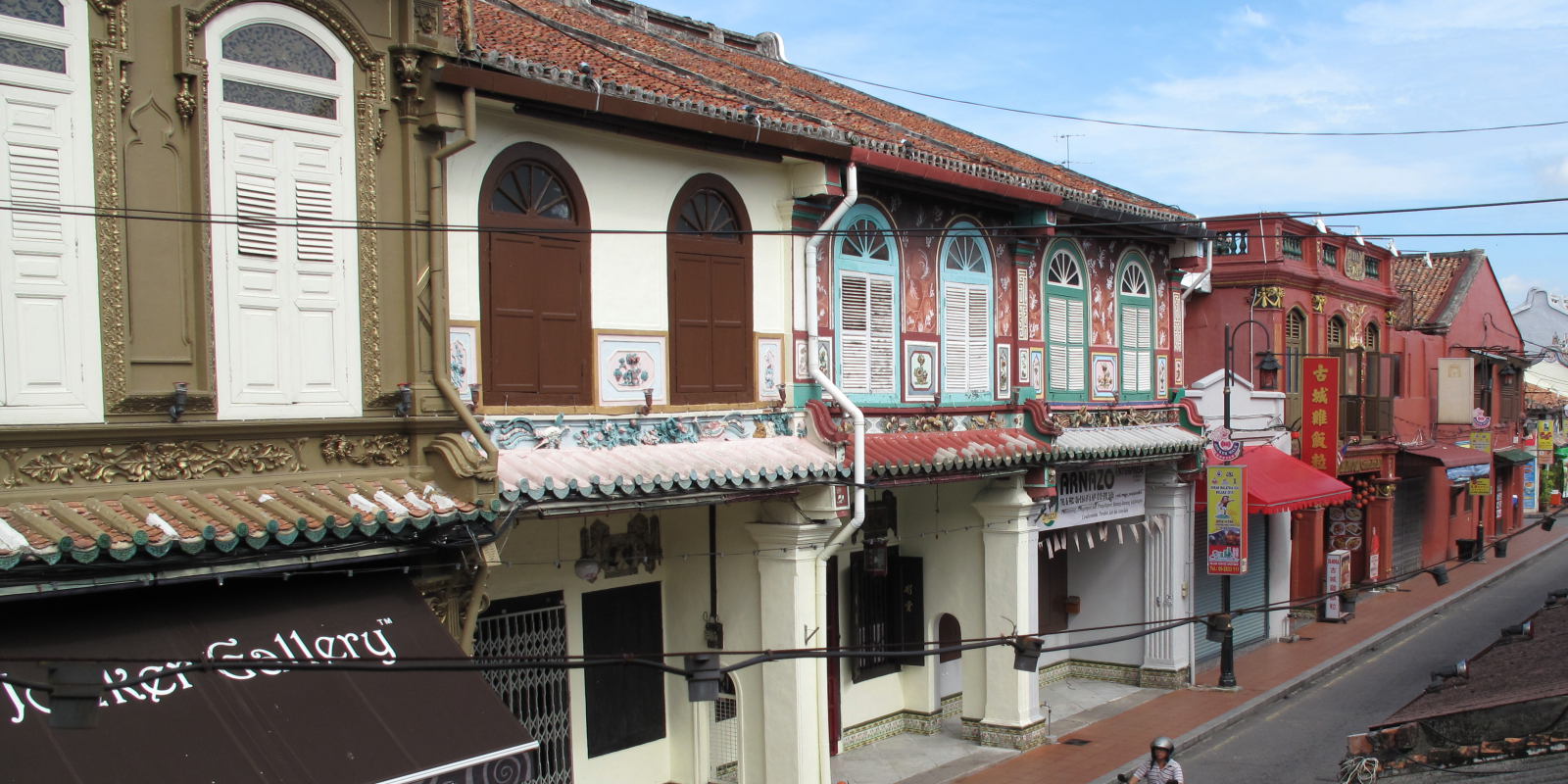
5. Melaka, Malaysia
Established at the end of the fourteenth century and occupied by various European powers since the sixteenth century, Melaka was the center of trade between the far East and west. At one time or another, the Portuguese, Dutch and English held sway over the city, and remnants of their presence are still found all over the old town. The city is a popular day trip from Kula Lumpur, but there's really enough history and culture here to make it well worth a stay of several days. In among all the preserved shophouses are a plethora of museums that you could spend hours exploring.
Find out more about travel to Melaka in the POSH mini-guide.
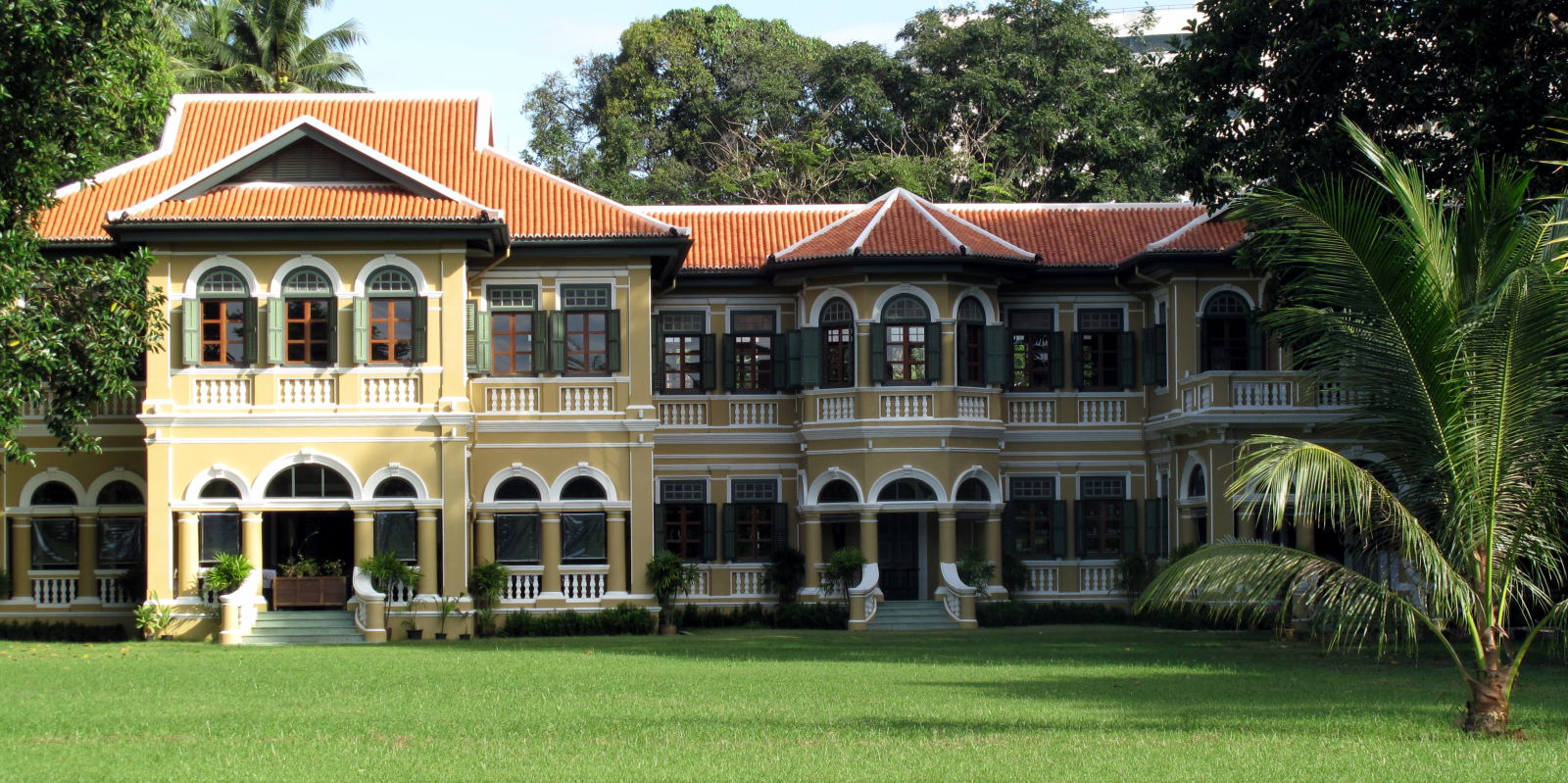
4. Phuket, Thailand
Those that are familiar with Phuket as a modern-day sun, sea and sand tropical island getaway may be surprised to find out that the island actually has an older past as colonial era trading center. Due to its rich deposits of tin, the island was sought after by the Portuguese, English, Dutch and French. Remnants of that past and the architecture it favored can still be found all around Phuket Town, near the southern-most tip of the island and removed from most of the beaches. Exploring the sights of the old town can make for a pleasant day or two away from the beach.
See our guide to POSH Phuket for more about the island.
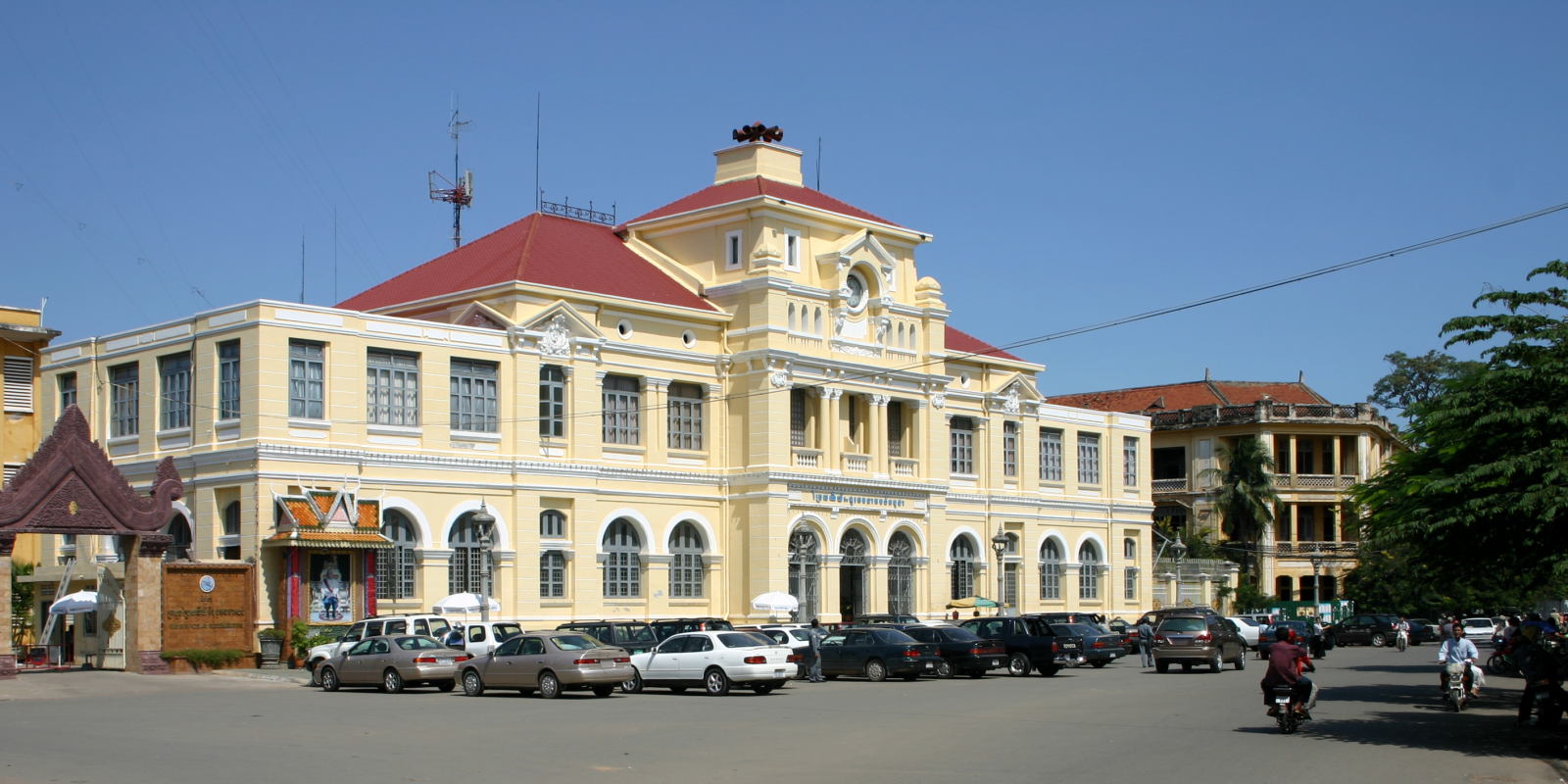
3. Phnom Penh, Cambodia
The Cambodian capital can be a city full of surprises when exploring on foot. There are a wealth of colonial era classical buildings, as you'll find in many other places on this list, but in addition to that there are many excellent modern and post modern examples. The centerpiece of the city's architecture, literally as well as figuratively, is the massive domed Central (“French”) Market. Other buildings worth seeking out are the old train station, the Olympic Stadium and the Singapore Embassy.
See our complete guide to Phnom Penh for more ideas.
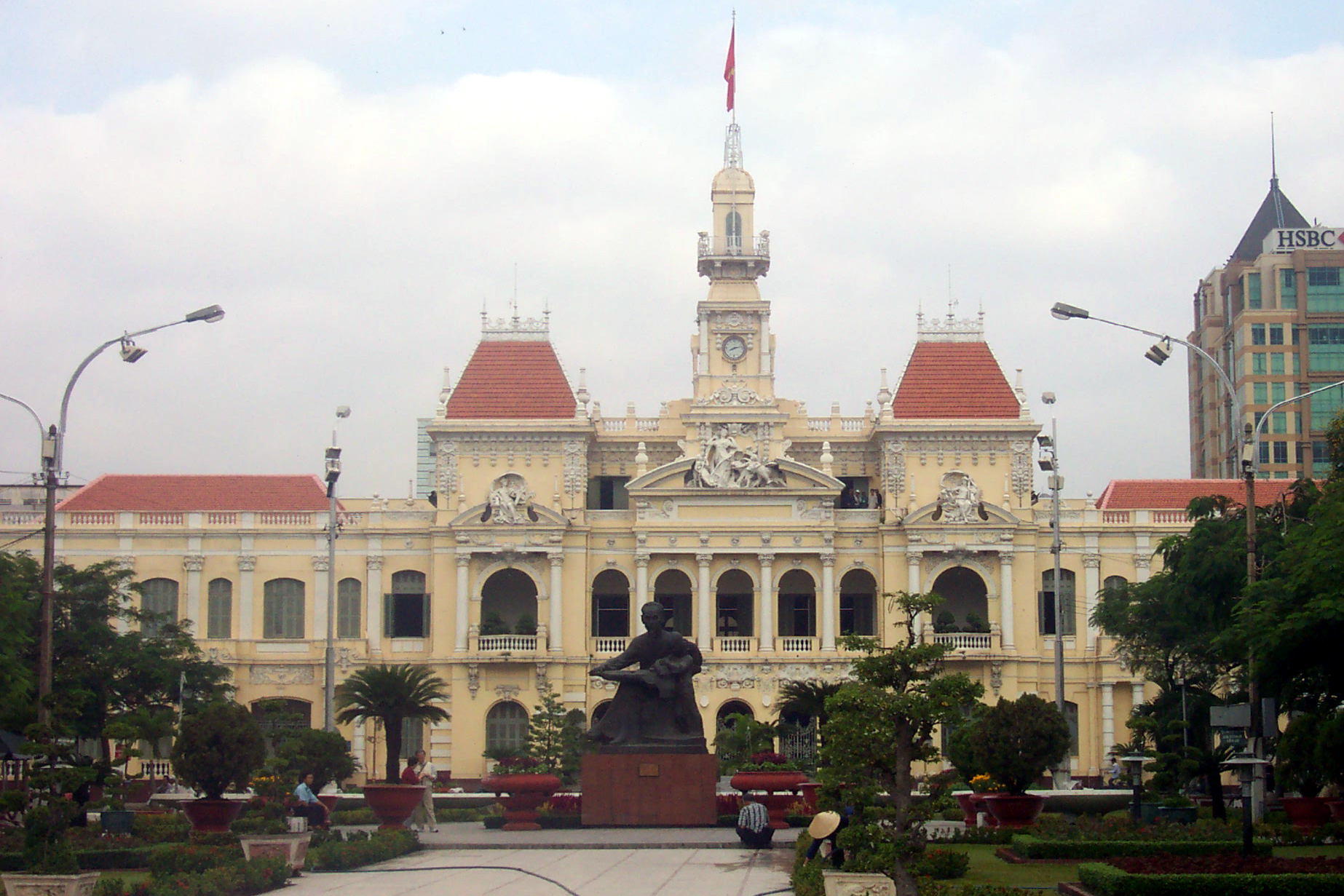
2. Ho Chi Minh City, Vietnam
From its French Empire colonial era municipal buildings up to the modernist presidential palace (now the Reunification Palace), Ho Chi Minh City (formerly Saigon) is a real treasure trove of architecture. Wandering around the city, discovering hidden gems that have been restored, can be a great part of a visit to the city. A walk along Dong Khoi street allows you to combine some shopping with taking in the old buildings. Other places to check out are the Ben Thanh Market, the Opera House, Post Office and the many museums around the city.
See the mini-guide to Ho Chi Minh City for ideas on where to stay, which include a few buildings from the old era.
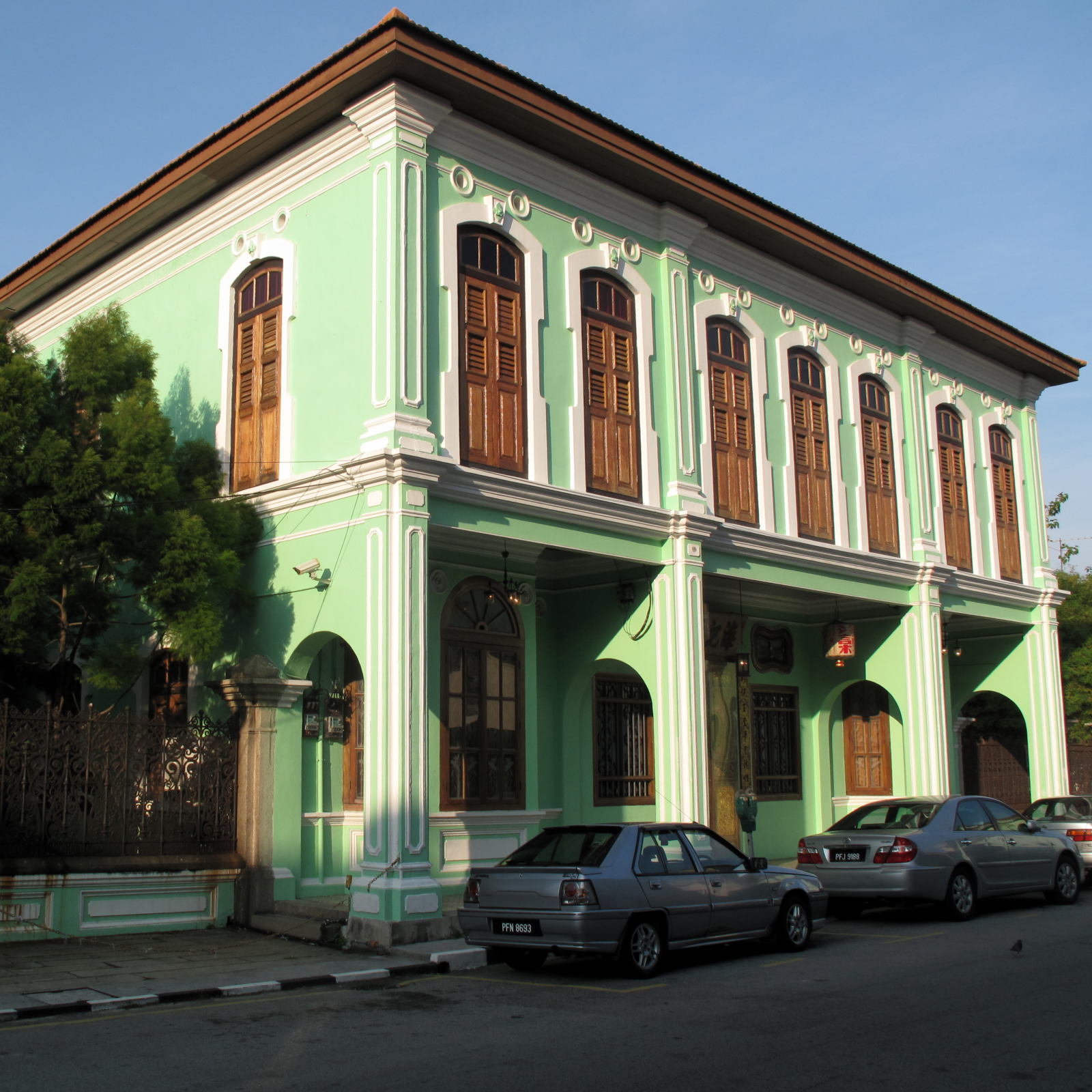
1. Georgetown, Malaysia
Georgetown, on the island of Penang, is a true treasure trove of colonial era buildings. Penang (spelled Pinang in Malay) was once part of the sultanate of Kedah, but in 1786 Captain Francis Light landed on the island and felt it would make a suitable base for the British East India Company in the Malay states. He arranged to rent the island and nearby mainland from the sultan of Kedah for the sum of 10,000 Spanish dollars per year. In fact, the government of Penang, now a state in Malaysia, still pays the sultan of Kedah an annual rent of 30,000 Ringgit (about US$ 7,500).
Captain Light first established Fort Cornwallis on the northeastern corner of the island, and the city of Georgetown was laid out around it. The city was named after King George III, the ruler of England at the time, and Light actually renamed the island to 'Prince of Wales' island. The city grew outward from the fort, with waves of immigrants from all over Asia coming to trade, and bringing their own cultural styles with them. In the post independence era, the city went into a bit of a decline, representing a time many wanted to forget. But that meant that when it was re-discovered in the 1990s there were a lot of buildings that showcased a style that was lost in many other colonial outposts.
See our full guide to POSH Penang for more travel inspiration.